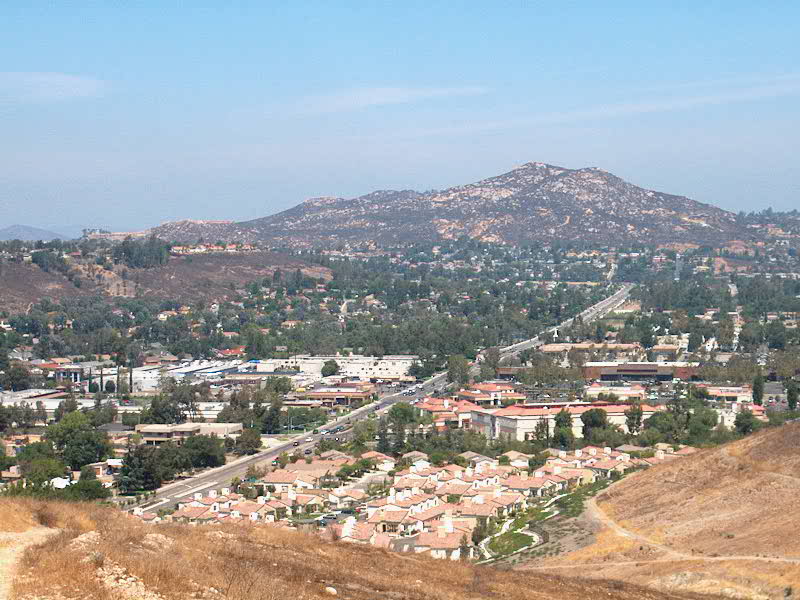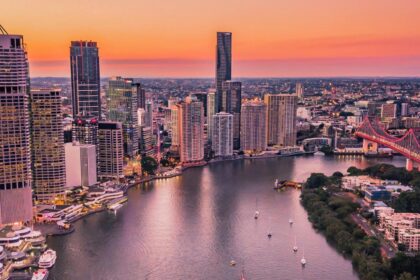Poway is a city in San Diego County, California, United States. Take a look below for 15 interesting and amazing facts about Poway, California, United States.
1. The unincorporated community became a city on December 1, 1980.
2. Poway’s rural roots gave rise to its slogan “The City in the Country”. As of the 2010 census, the city has a population of 49,701 as of 2019.
3. Poway is north of the city of San Diego and south of the city of Escondido.
4. Nearby communities include Rancho Bernardo, Sabre Springs, Scripps Ranch, Rancho Peñasquitos, and Ramona to the east.
5. Poway is considered part of San Diego’s North County. According to the United States Census Bureau, the city has a total area of 39.3 square miles (102 km2), of which 0.1 square miles (0.26 km2) (0.25%) is water.
6. Artifacts such as arrowheads, spear points, metates, grinding stones, and pottery found along the bed of Poway Creek all indicate an early Diegueño presence.
7. Various pictographs adorn many of Poway’s boulders, and modern dating techniques suggest these paintings date to the 16th century and earlier.
8. The original name of the valley (“Pawiiy” or “Pauwai”) is derived from the Kumeyaay language of the Kumeyaay people who roamed the area for several hundred years before the Spaniards colonised the region. Traces of these Native Americans still remain in Diegueño.
9. In the late 18th century, the Mission San Diego de Alcalá kept cattle in the valley. Documents of Mission San Diego de Alcala record the name of the valley as “Paguay” as early as 1828. Though there is a discrepancy on the exact translation of “Paguay,” the generally accepted version indicates “the meeting of little valleys” or “end of the valley.” Some controversy also surrounds the proper spelling; historically it has also been written by the Mexican authorities as Paguai. It has also been written as Paui, Pauai, Pauy, and Powaii.
10. For approximately a century, Poway served as a stock range for the mission and local ranchos. In September 1839, Corporal Rosario Aguilar was granted Rancho Paguai a ranch in the valley and it was confirmed on May 22, 1840, but he refused it, becoming Juez de paz in 1841 and moving instead to San Juan Capistrano.
11. American settlers began to come to the valley for farming purposes in the late antebellum period. Few records of this time have survived, and not until 1894 and the inception of the Poway Progress did the town’s history become a thing of record. In 1887, about 800 people lived and farmed in Poway. Around the start of the 20th century, Poway farmers had moderate success in the production and vending of fruit, grain, and dairy products. The expansion, however, failed to follow agricultural success.
12. Poway has a creek and fertile soil, but the lack of easily available water prevented the settlement from attracting large-scale farmers and the accompanying population growth. In 1954 the Poway Municipal Water District was established to utilize water from the Colorado River Aqueduct. In 1957, following the sewer system’s completion, developers built housing tracts.
13. In 1980 Poway incorporated and was nicknamed “the City in the Country”. Poway no longer relies on agriculture for its primary source of income and has instead transitioned into a residential community for those who work for employers in and around the San Diego area. According to a recent state government estimate, the population of Poway has grown since that last census to 50,542. It has been designated a “Tree City” for the last decade.
14. Major portions of the town were evacuated during both the 2003 Cedar Fire and 2007 Witch Creek Fire.
15. In 2004, the City of Poway adopted the 1st Light Armored Reconnaissance Battalion, 1st Marine Division, based out of nearby Camp Pendleton. The Fred L. Kent Post 7907 of the Veterans of Foreign Wars has been the official go-between with the battalion, which has been redeployed at least once to Iraq since its adoption.




